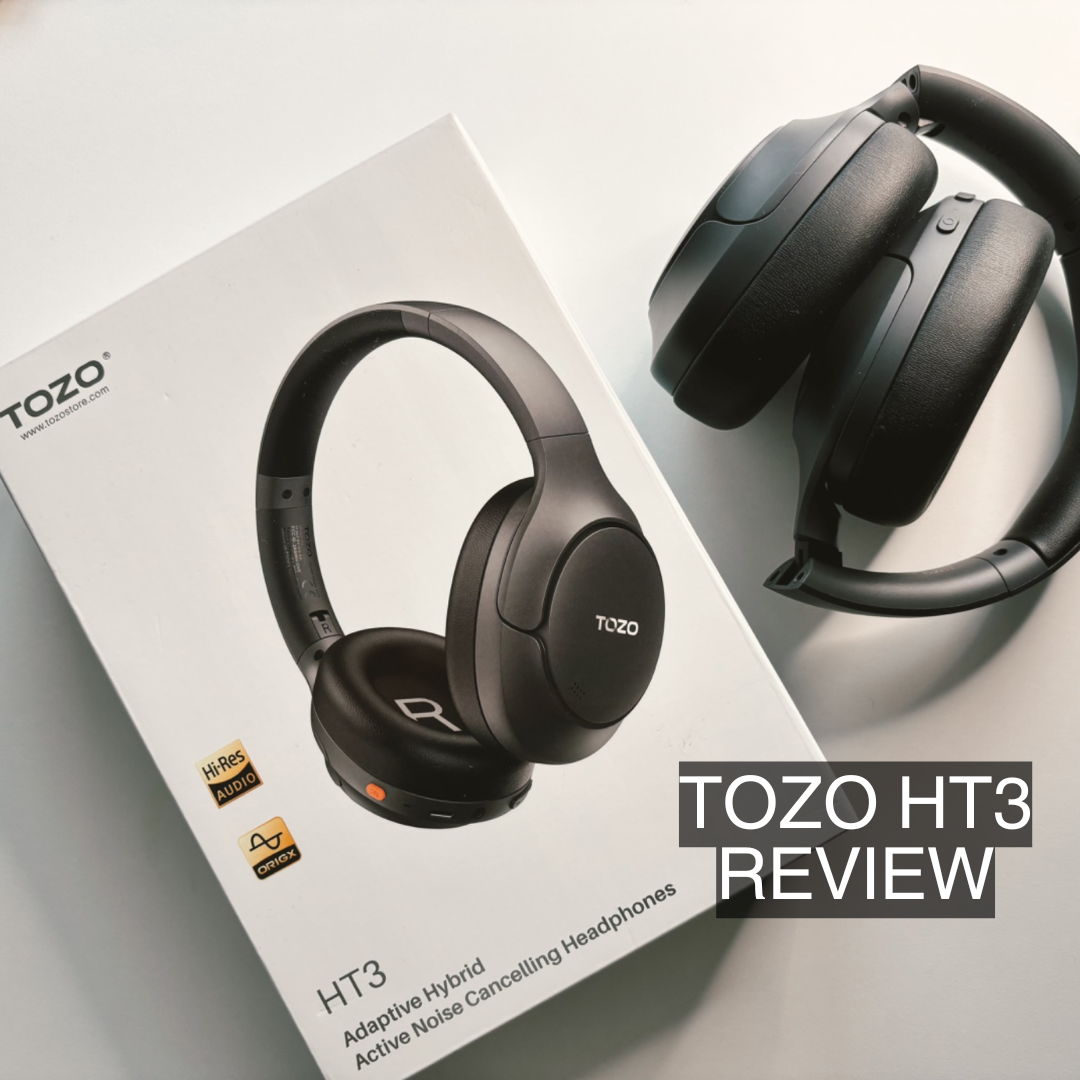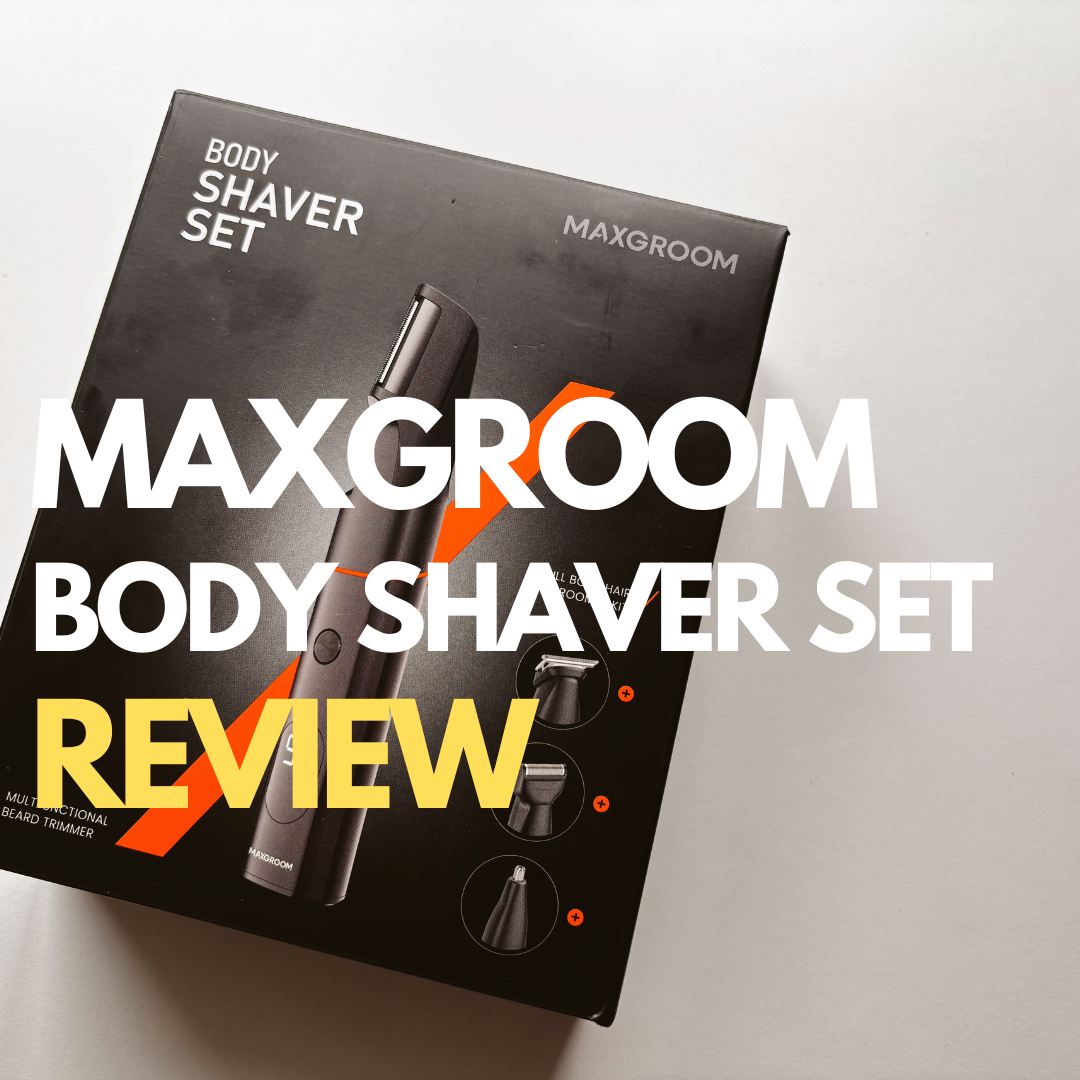Sony MiniDisc Nostalgia: Why This Failed Format Is Making a Comeback in 2025.
/My Ongoing Love Affair with MiniDisc
Have you ever encountered a piece of technology that felt so advanced, so ingenious, you couldn’t help but wonder if you’d just stepped into the next century? For me, that moment came in the late 90s when I first laid eyes on a Sony MiniDisc player. There it was—a sleek, handheld gadget that used these tiny, square discs encased in protective shells, each no bigger than a stack of a few credit cards. Something about the way the disc snapped into place—almost like loading a tiny cartridge—signaled that this was no ordinary replacement for CDs or cassettes. It felt like we were glimpsing the future of music. Back then, I first saw a MiniDisc player at a friend’s house. He’d returned from a trip to Japan, proudly showing off this shiny new device like it was an alien artifact. I remember pressing “play” and being blown away by the clarity. Absolutely no hiss, no pops—just clean, digital sound. I was instantly smitten. With its compact discs that boasted all the convenience of a CD (and then some) and the practicality of a cassette (minus the hiss), MiniDisc seemed poised to redefine portable audio. Little did we know just how quickly the technology world would move on—but not before leaving me and countless others with cherished memories of a format that felt nothing short of magical.
Discovering a Warmer Sound
One of the first things I noticed was how warm the music sounded on MiniDisc. Sony’s proprietary ATRAC codec (Adaptive Transform Acoustic Coding) somehow compressed the music without squashing the life out of it. Audiophiles might debate the finer points of digital compression, but for my ears, it struck a beautiful balance between the crispness of a CD and the cozy allure of vinyl. The big claim back then was that ATRAC removed only the bits of sound our ears supposedly couldn’t hear, leaving the essential “shape” of the music intact. Comparing cassettes, CDs, and MiniDiscs, I always found that the latter felt more intimate somehow. Cassettes had that unmistakable hiss and a tendency to wear out over time; CDs could be pristine, but sometimes came across as a bit too clinical. MiniDiscs, on the other hand, gave me the detail I wanted but retained a hint of warmth and roundness. I can still remember the first time I recorded a favorite album onto MiniDisc, half expecting it to sound somewhat “off,” like an MP3. Instead, it was like falling back into the music with brand-new ears.
Winters in London: The Soundtrack of the Tube
My most vivid MiniDisc memories date back to the winter of 1999, when I found myself living in London. Anyone who’s spent time in the city knows the Tube is both a necessity and a world of its own—crammed carriages, bustling platforms, the occasional busker playing guitar in the station tunnels. Against this daily hustle, my MiniDisc player became my personal refuge. I could pop in a disc, slip on my headphones, and tune out the noise as I traveled from station to station. London was teeming with new music at the time, and I loved browsing record shops (HMV) for the latest albums—then rushing home to transfer them to MiniDisc. Each morning’s commute felt like a mini concert, curated by me. Sometimes, I’d notice another passenger also fiddling with a MiniDisc player, and we’d share a knowing smile. It felt like we were part of a small underground tribe of early adopters who recognized something truly special in this format.
The Car Companion: Sony’s Mobile Marvel
For all the Tube journeys I took, some of my fondest MiniDisc memories were actually behind the wheel. I’d outfitted my car with a Sony Car MiniDisc player, a marvel of modern audio engineering at the time. MiniDisc, was gloriously skip-resistant, encased in that snug shell that protected it from the jolts of the road. Driving along highways or winding country roads late at night, I’d rely on my stack of meticulously curated MiniDiscs—each labeled and recorded by hand. Maybe it was the novelty of it, or maybe it was just the sheer quality of the sound, but it always felt like the perfect mix of futuristic convenience and personal craftsmanship. I remember thinking, “This is it—this is what the future of car audio should be.” Of course, nobody could have predicted how swiftly MP3 players would take over, but in that moment, spinning a disc in my dashboard, life felt thoroughly modern.
NetMD and the Promise of the Future
As if the format weren’t futuristic enough, Sony later introduced NetMD, which bridged the gap between your computer’s music library and your MiniDisc recorder. Rather than recording your discs in real-time by playing a CD and dubbing it over, NetMD allowed you to transfer tracks via USB. Suddenly, making a mix was faster and more direct—though there were still quirks, like Sony’s proprietary software and limits on how many times a track could be transferred back and forth. For a while, it felt like MiniDisc might actually survive in a world that was quickly embracing MP3s. But we all know the story that followed: as soon as the first iPod and other high-capacity digital players took off, physical media began its slow retreat. MiniDisc, unfortunately, got caught in that crossfire. It was a niche format, and while it hung on in places like Japan and the UK for a good stretch, it never became the global standard Sony hoped it would be.
Why MiniDisc Never Took Flight Everywhere
So, what really went wrong for MiniDisc in other parts of the world—especially in the U.S., where it mostly remained a curiosity? First, there was the price factor. Early MiniDisc players and recorders were far from cheap, limiting their appeal to folks who were either tech enthusiasts or had extra cash to burn. By the time prices dropped, MP3 players came along and cornered the market for portable music. Second, the convenience factor of purely digital formats was hard to beat. Recording onto a MiniDisc was easier than dubbing to a cassette, sure, but it still felt like a chore compared to dragging and dropping music files onto an MP3 player. Even with NetMD, transferring music from computer to disc often involved more steps and proprietary software. Ultimately, when Apple released the iPod in 2001, everything changed. People wanted all their music in one place, no discs required.
Then there was the issue of marketing and distribution. Sony pushed MiniDisc strongly in certain regions—like the UK and Japan—where it actually gained a respectable following. But in other areas, especially the U.S., it just didn’t get the same promotional push. And once the iPod started gaining momentum, the fate of MiniDisc was pretty much sealed.
Personal Significance: It Wasn’t Just About the Sound
Even though MiniDisc didn’t hit it big everywhere, it resonated with me (and a devoted group of others) on a deeper level. It wasn’t just a way to play music. It was a combination of ritual and creativity—labeling discs, choosing the perfect album sequence, and physically loading each disc into the player. There was something inherently satisfying about the click of that mechanism, the whir of the disc spinning up, the small screen lighting up to display track information. It felt intentional, almost like reading a book as opposed to scrolling through an endless e-reader library.
Maybe I’m biased because I came of age when physical formats still ruled the roost. But for me, part of the magic of music was holding it in your hands. With MiniDisc, I got not just sound quality that rivaled CDs, but also a futuristic design that made the process feel fresh and exciting. There was a reason I never quite outgrew my fascination: it was like holding a piece of tomorrow’s technology in my pocket, even when tomorrow arrived and promptly introduced something else.
The Unexpected Revival and the Community That Keeps It Alive
Interestingly enough, in recent years MiniDisc has seen a modest but passionate resurgence—one fueled by a wave of nostalgia and a yearning for tangible media in an increasingly intangible world. While many might dismiss the format as obsolete, there’s a dedicated community online (and offline) that’s breathing new life into these little discs. It’s not uncommon to find social media groups or forums devoted to refurbishing old MiniDisc hardware. Enthusiasts share tips on how to replace worn-out belts, repair faulty headphone jacks, and even modify the circuitry for better performance. People post “unboxing” videos of sealed MiniDisc blanks discovered in dusty corners of eBay or local secondhand shops. And because many of us originally gravitated toward MiniDisc for its audio quality, conversations about ATRAC’s sonic character are still alive and well. Some folks compare different generations of Sony’s ATRAC encoder to see which yields the “sweetest” sound.
Part of this renewed interest seems to mirror what’s happened with vinyl and cassette tapes. In a world dominated by streaming services, we’re seeing a collective longing for something physical, something you can hold and collect. With MiniDisc, you get that sense of curation—you choose which tracks to record, label the disc, and slide it into a futuristic-looking player. It’s a process that demands focus and intention, which is rarer than ever in an era when almost everything is at our fingertips, digitally speaking.
Adding to the charm is the fact that MiniDisc always felt like it was a bit ahead of its time. The discs themselves were durable, protected by their shells, and the ability to edit track order or titles directly on the disc still feels impressive compared to the final days of cassettes or the strict format of CDs. That futuristic edge, combined with a certain retro-cool allure, draws in a surprising number of newcomers—people who never used the format in its heyday but now see it as a quirky, exciting way to experience physical media.
Making Mixes: The Lost Art of Curation
Before streaming platforms made endless playlists a click away, there was an art to creating custom mixes. With cassettes, you’d painstakingly time each track to fit the tape length; with CDs, you’d burn a disc and pray your computer didn’t crash mid-write. MiniDisc offered a more flexible approach: you could record, erase, re-record, rename, and reorder tracks right on the disc. You became the editor of your own personal album. I still have a small collection of MiniDiscs labeled by theme or mood—“Chill Tracks,” “Road Trip Rock,” “Winter Warmers”—each meticulously assembled. If streaming is a digital buffet, MiniDisc was like crafting a carefully cooked meal for yourself or a friend. You had to think about the order, the transitions, the overall vibe. Sure, it took time, but that was part of the charm. Listening to music became an event rather than just background noise.
Reflections on My MiniDisc Memories
Sometimes, when I look at my old stack of MiniDiscs, each labeled with a marker in my own handwriting, I’m overwhelmed by the memories they hold. They remind me of those crisp London mornings, an overstuffed Tube, and the moment I’d press play to escape the daily grind. They remind me of late-night drives with friends, the disc spinning silently in my Sony car deck as we belted out our favorite tracks. They represent a period when physical media still reigned, but the future was hinting at something entirely new—and MiniDisc felt like a peek into that new era.
Maybe that’s why I’ve never fully let go of this format. There’s something undeniably personal about the act of choosing what goes on a disc, labeling it, and pressing the “record” button. It’s a small, concrete way of saying, “This is what I want to preserve and come back to.” For me, that alone justifies keeping a MiniDisc player on my shelf, ready for the next spin.
Conclusion: A Format That Refuses to Die
In the grand scheme of audio history, MiniDisc never achieved the commercial triumph Sony had envisioned. And now, with Sony announcing that they’re stopping the manufacturing of any physical media—including blank MiniDiscs—it might seem like the final nail in the coffin. You can’t help but think of it as a decisive end, a sign that the industry’s moved on to streaming, lossless downloads, and beyond.
But the truth is, MiniDisc continues to live on in the hands of a devoted community—much like film photography enthusiasts who persevere long after most camera companies have abandoned celluloid. These fans repair old machines, scavenge for blank discs, and swap recording tips in online forums. They’re proof that even as a format “fails” in the mainstream, it can remain very much alive among those who cherish its unique blend of warmth, convenience, and futuristic charm.
So, although official support for MiniDisc is fading into history, the spirit of the format lives on. In the end, that’s the beauty of true nostalgia. It isn’t about clinging to relics; it’s about embracing the small, meaningful details that made certain technologies special in the first place—and passing that passion along to anyone willing to listen.
Jerome
Jerome is a full-time lifestyle blogger and tech reviewer based in the UK. Since 2014, he’s been running DapperandGroomed.com, helping men over 40 discover the best gadgets, headphones, and accessories through personal, real-world testing.



























